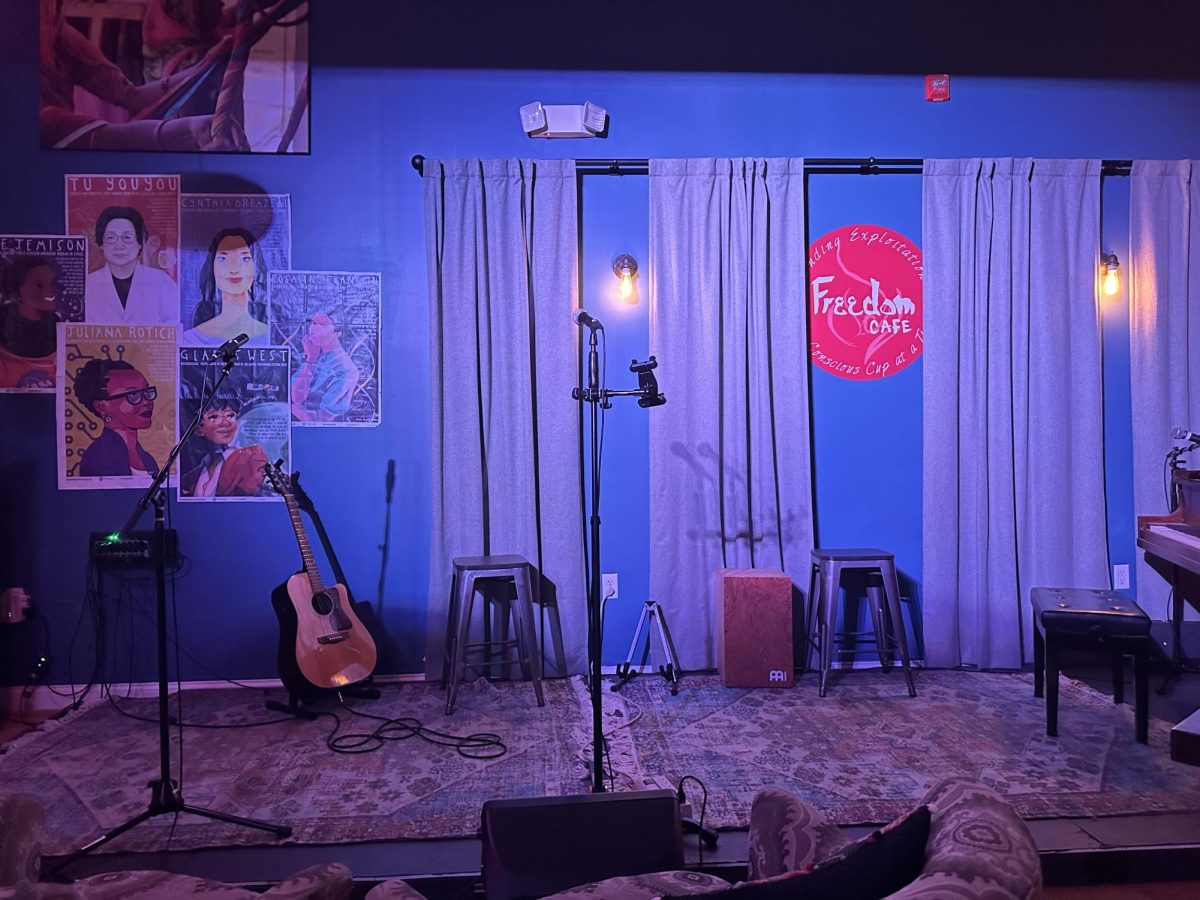By ADAM BERGERON
CONTRIBUTING WRITER

This summer, halfway around the world, three members of the UNH community were welcomed to Chengdu University in China where they gave lessons to local art students.
Professor of art and art history Brian Chu, associate professor of art and art history Julee Holcombe, and former art lecturer Shiao-Ping Wang spent two months this summer teaching at Chengdu University in the heart of Sichuan Province, China. The idea hatched during a conversation with a Chengdu University scholar who was visiting UNH.
They spent two months overseas taking time not only to teach, but to learn. As Holcombe put it, her mission was to look “at the strengths and weaknesses of two different teaching structures” with the intent to benefit both the students at the University of Chengdu, and those at UNH.
Individually, the three taught various courses and lectures. Classes ranged from formal classroom settings to 10-day excursions, hours away from campus. These extended excursions were made possible by the structure of the educational system at the university.
“They start the class together and they go through the four years together, so they have the flexibility to take the 10 days and go out,” Holcombe said in regards to one strength of the program.
The students within the program at Chengdu have the same schedule, whereas students at UNH under the same degree take various classes scheduled at different times.
“You could really sense the camaraderie and the bond that they had,” Holcombe said.
This isn’t the only difference between education systems. According to Chu, in order to gain entrance to a university-level art program in China, students must pass art exams. The best way for students to ensure their success with these exams is to practice copying art done by masters and the techniques used.
This is unlike art education in the U.S., which has “a different emphasis and a different outcome,” Chu explained.
“We pay much more attention to process,” he continued, “(Technique) is more or less treated as an element . . . We expect a technique to integrate with a different technique and then form a new approach. (This style is) in a way, much more personal.”
Chu said, “It’s a different emphasis and a different outcome … Each approach has its issues for example … their ‘process’ is not as strong but their ‘technique’ is stronger.”
Chu also mentioned that another purpose for the trip was to “test the ground to find out what’s workable and what’s not” as far as setting up a similar J-Term trip for interested UNH students in the future.





















